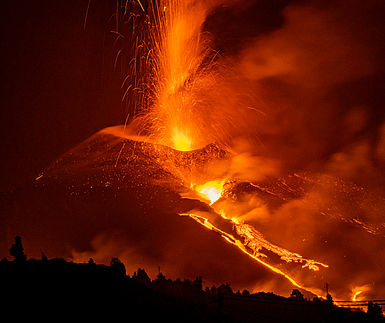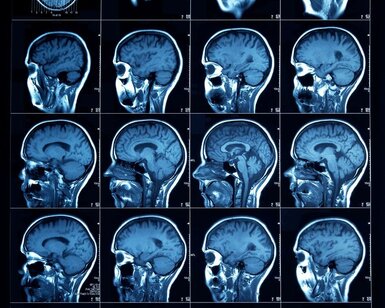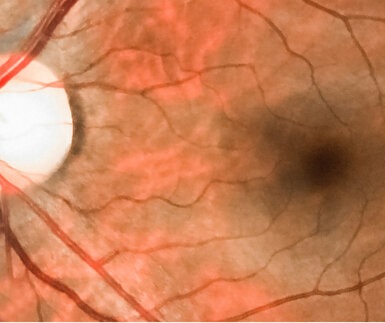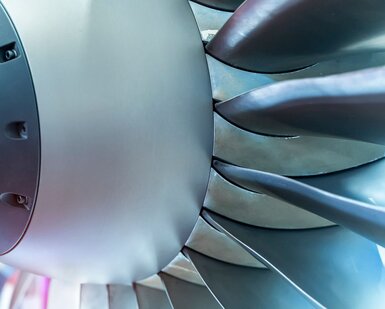Please type a search term (at least two characters)
News
EMPIR project contributes to IEC standard for measuring low frequency sound

Work by an EMPIR project to develop metrology for low-frequency sound measurement has contributed to a new IEC standard
The project
EMPIR project Metrology for low-frequency sound and vibration (19ENV03, Infra-AUV) is developing metrological standards and measurement techniques for low frequency Acoustics, Underwater acoustics, and Vibrations (AUV) in the air, water, and ground. Low frequency AUV technologies are used in the detection of natural events such as earthquakes and volcanic activity, but also to monitor certain man-made sources of infrasound. The International Monitoring System (IMS) uses low frequency AUV to ensure compliance with the provisional Comprehensive Nuclear-Test-Ban Treaty against nuclear testing and AUV technologies are also used to measure noise pollution generated by industry and other sources.
The project’s aim is to improve environmental monitoring networks by developing new calibration apparatus and techniques for infrasound detection devices. It is developing both primary and secondary AUV calibration methods, enabling traceability for devices, as well as AUV sensors capable of working at infrasound frequencies that do not yet have suitable calibration techniques available.
IEC Standards
Work done by the project has been adopted by the IEC to inform the revision of IEC 61094-2, which describes how to realise primary measurement standards for airborne sound, using special laboratory-grade microphones. A new analytical model, contributed to by the Infra-AUV team, has been adopted, enabling the scope of this standard to be extended to cover infrasound frequencies, including the 40 mHz–10 Hz range targeted by the project. The project has also contributed to IEC TR 61094-10:2022, a brand-new document that describes the performance requirements of pistonphone devices for use in the calibration of microphones and other infrasound sensors at low frequencies. As pistonphones offer absolute calibration, they could potentially serve as primary standards for low frequency sound pressure, and their inclusion in IEC standards will increase their international recognition and acceptance. Finally, the IEC Technical Committee on Electroacoustics (TC 29) has concluded that the IEC 61672-series of international standards should be extended to cover performance and test requirements for infrasound measuring instruments, as developed by the project, with potential for these to be adopted as part of the series in the future.
Other achievements
As well as contributing to this new standard, the project has also:
- Created calibration methods for microbarometers
Project partners CEA, LNE and PTB have developed calibration facilities which are now ready for use by the consortium. The facilities, which make comparisons between the device under test and a reference microphone, are suitable for low frequency measurements at 10 mHz–20 Hz and yield low uncertainties. A wide range of sensors can be calibrated by these facilities including microbarometers, commonly used for geophysical field studies and real-time monitoring of events such as volcanic activity.
An interlaboratory comparison is planned in the coming months.
- Developed a new design of pistonphone
A laser pistonphone – a device used to generate a known sound pressure – has been developed by project partner LNE and is now fully operational. The device’s performance has been assessed by calibrating a laboratory standard microphone at frequencies above 2 Hz, and a static pressure sensor at frequencies below 0.1 Hz, achieving very good consistency with conventional calibration methods.
- Created a ‘carousel’ method for calibration
Project partner PTB has developed a method that uses changes in ambient pressure at different heights to calibrate infrasound sensors. The test device is placed on a vertical disc which rotates at a fixed speed (hence the name ‘carousel’), causing the sensor under test to experience an oscillation in pressure as the disc turns. The method has been tested at a frequency range of 0.1 Hz – 10 Hz and results have been compared with the laser pistonphone developed by LNE, as validation. While this calibration concept has been around for some time, the PTB development is believed to be the first ever successful practical realisation of the method.
- Developed on-site calibration techniques for seismometers
A soon-to-be-published study from the project has developed methods for low frequency on-site calibration of seismometers, using a common stimulus to measure the difference in response between the tested device and a reference sensor. It is the first application of this approach to on-site calibration for seismometers. Plans are in place to apply this new method to on-site calibration at infrasound and seismic monitoring stations in Germany and France.
- Measured wind park infrasound
Project partners BGR and PTB have carried out traceable measurements of infrasound at a wind park in Germany. BGR and PTB located microphones and microbarometers at seven stations around the wind park, and recorded infrasound signals. Tests showed that infrasound can be reliably detected by both techniques. Low frequency noise disturbance is a key concern, which has hampered uptake of wind as a renewable energy source. Data, results, and references from this test are publicly available.
Thomas Bruns (PTB) who is coordinating this project has said about the work:
“When we started to think about this project, it was just about linking the IMS (International Monitoring System) to the SI (International System of Units). Now it turns out that the results have an impact ranging from industry to climate monitoring and from local environmental measurements to global geoscience modelling. All these areas use measurements of sound and vibration, and the work of this project will improve accuracy and reliability for such measurements."
This EMPIR project is co-funded by the European Union's Horizon 2020 research and innovation programme and the EMPIR Participating States.
Want to hear more about EURAMET?
The project partners publicised the metrological developments for electronic brachytherapy and were able to contribute to several standards more
EMPIR project established clinical procedures that allow use of traceable methodologies for molecular radiotherapy across Europe more
A small collaborative project aimed at extending knowledge in the field of eye tonometers has increased its impact more
Improving large-scale dimensional measurements for manufacturing more
From 2012 to 2016 the IEEE published standards for high-frequency waveguides. EMPIR NeWITT project supports their uptake more





